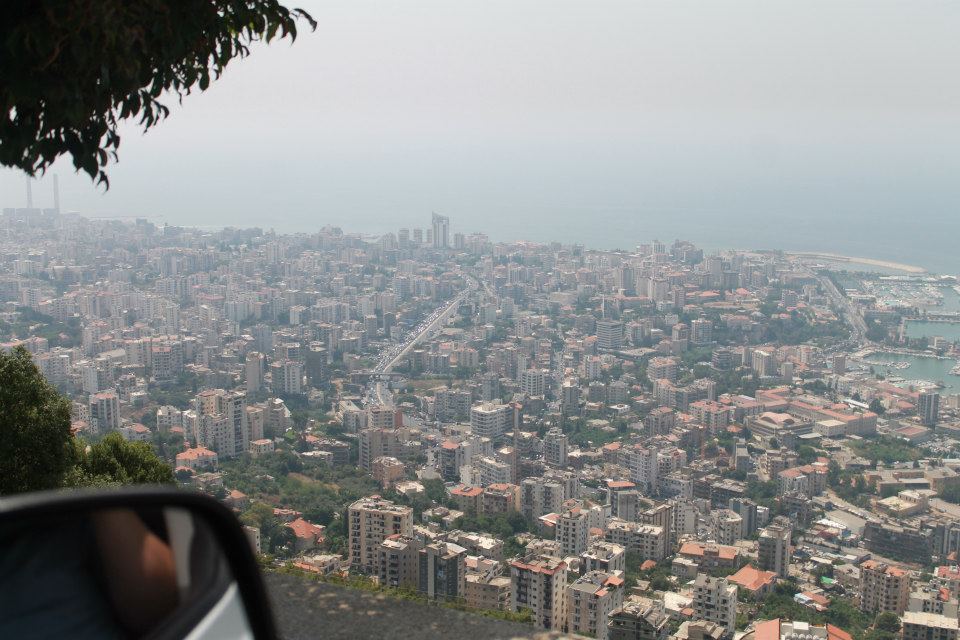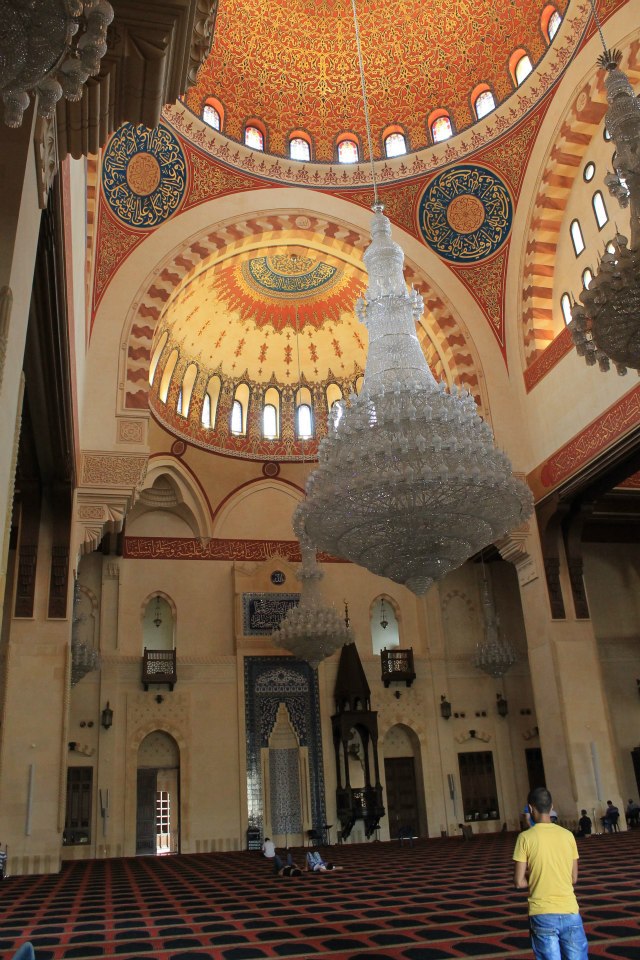There's a story about my father, who, as a young man, left his native Greece for the United States all by himself. Along the way, at one of the 3 connection airports, he went to the men's room and left his bags on the outside of the stall door. Someone on the outside promptly reached over and grabbed one of the bags (turns out it was his satchel with some of the money he had). My Dad, who was indisposed, couldn't catch the thief. He would have been absolutely penniless in the wild, wild West, if not for the money bag he wore tied around his waist underneath his clothing.
This particular tale of my father's has always fascinated me and helped fuel my wanderlust; it's also inspired me to never fear traveling alone. I can only imagine the horror he would have felt when he saw his satchel had disappeared and that makes me feel I have at least some sense of what it was like to be in his shoes.
This is just a brief story I have heard a few times from my Dad, but it helped shape who I am. It gives me a sense of comfort in places I am unfamiliar with and in fact, it gives me a thrill to be in the middle of nowhere where no one I know knows exactly where I am, at least for that moment.
It's important to pass family stories down to children, particularly those that tell of a challenge, or even a tragedy, that was overcome. The New York Times recently carried an article that details how those children who have a real sense of their families' history and roots tend to be able to face life's challenges with a greater ease.
Bruce Feiler, who wrote the column, "The Stories That Bind Us", explains how many families in 2013 have become fractured, thanks to our digital culture and other dynamics. It also shows how those clans that somehow manage to gather and regale tales of the ups and downs in the family's history, including how it surpassed hardships, have children who are secure emotionally and happy.
Feiler cites studies conducted on 48 families, asking children 20 questions, such as where did their parents grow up, if they knew the story of their own birth and if they were aware of any big events or tragedies that affected their family in the past. "The more children knew about their family's history, the stronger their sense of control over their lives, the higher their self-esteem and the more successfully they believe their families functioned," says Feiler.
Recommendations from the article? Create as many occasions and traditions as possible that provide families with the forum to exchange tales.
Here is where my travel agent friends come in. If you have clients who are on the fence about taking a big family fling, a vacation that will bring them all together for some quality time, show them this blog. Of course they understand that a vacation would be goo for their family, but if you give them proof that these get-togethers actually contribute to their child's emotional health, you're likely to win them over. Explain to them that families need to gather and share in happy times, not just during crises, and that the more often they do this, the stronger their child will be when the time comes for them to face the real world on their own.
You always knew travel was a good thing; now here's quantifiable proof. And don't forget that new insider tip I just shared: Don't leave your bags outside a restroom door or you may be left almost penniless in the midst of a great adventure.
--George
This particular tale of my father's has always fascinated me and helped fuel my wanderlust; it's also inspired me to never fear traveling alone. I can only imagine the horror he would have felt when he saw his satchel had disappeared and that makes me feel I have at least some sense of what it was like to be in his shoes.
This is just a brief story I have heard a few times from my Dad, but it helped shape who I am. It gives me a sense of comfort in places I am unfamiliar with and in fact, it gives me a thrill to be in the middle of nowhere where no one I know knows exactly where I am, at least for that moment.
It's important to pass family stories down to children, particularly those that tell of a challenge, or even a tragedy, that was overcome. The New York Times recently carried an article that details how those children who have a real sense of their families' history and roots tend to be able to face life's challenges with a greater ease.
Bruce Feiler, who wrote the column, "The Stories That Bind Us", explains how many families in 2013 have become fractured, thanks to our digital culture and other dynamics. It also shows how those clans that somehow manage to gather and regale tales of the ups and downs in the family's history, including how it surpassed hardships, have children who are secure emotionally and happy.
Feiler cites studies conducted on 48 families, asking children 20 questions, such as where did their parents grow up, if they knew the story of their own birth and if they were aware of any big events or tragedies that affected their family in the past. "The more children knew about their family's history, the stronger their sense of control over their lives, the higher their self-esteem and the more successfully they believe their families functioned," says Feiler.
Recommendations from the article? Create as many occasions and traditions as possible that provide families with the forum to exchange tales.
Here is where my travel agent friends come in. If you have clients who are on the fence about taking a big family fling, a vacation that will bring them all together for some quality time, show them this blog. Of course they understand that a vacation would be goo for their family, but if you give them proof that these get-togethers actually contribute to their child's emotional health, you're likely to win them over. Explain to them that families need to gather and share in happy times, not just during crises, and that the more often they do this, the stronger their child will be when the time comes for them to face the real world on their own.
You always knew travel was a good thing; now here's quantifiable proof. And don't forget that new insider tip I just shared: Don't leave your bags outside a restroom door or you may be left almost penniless in the midst of a great adventure.
--George

























